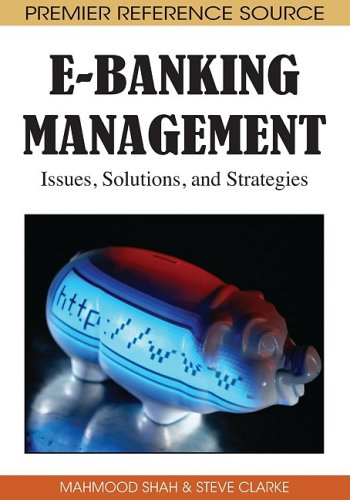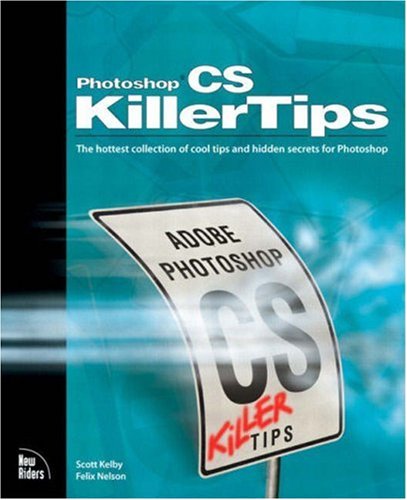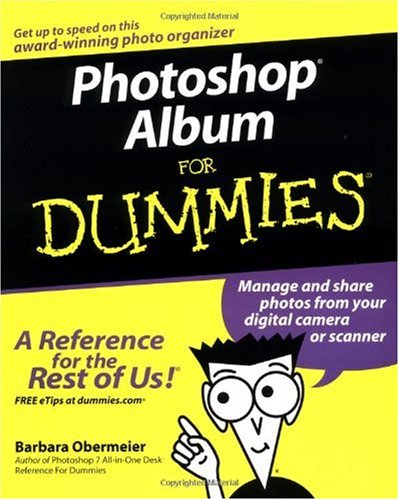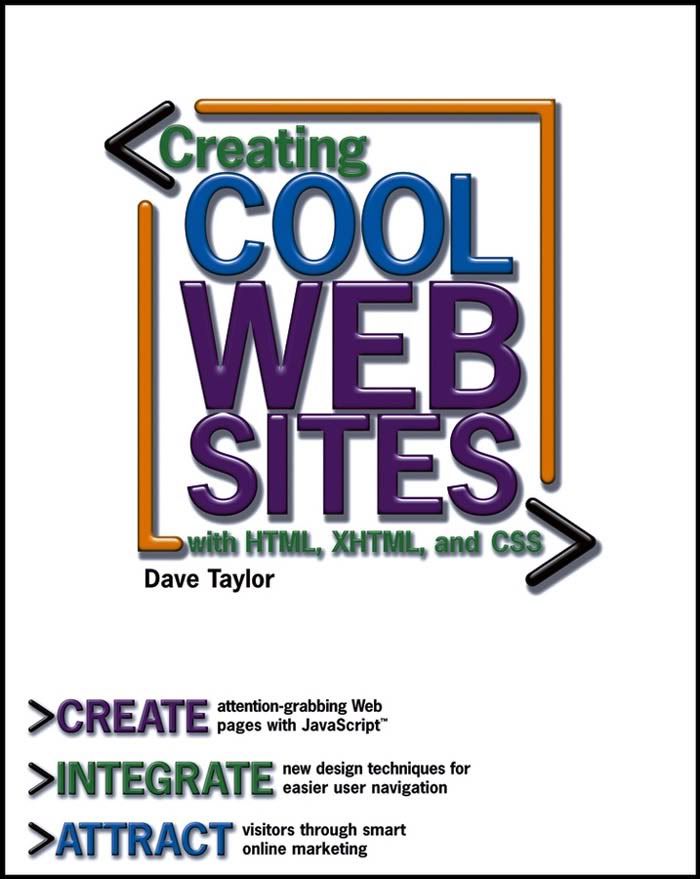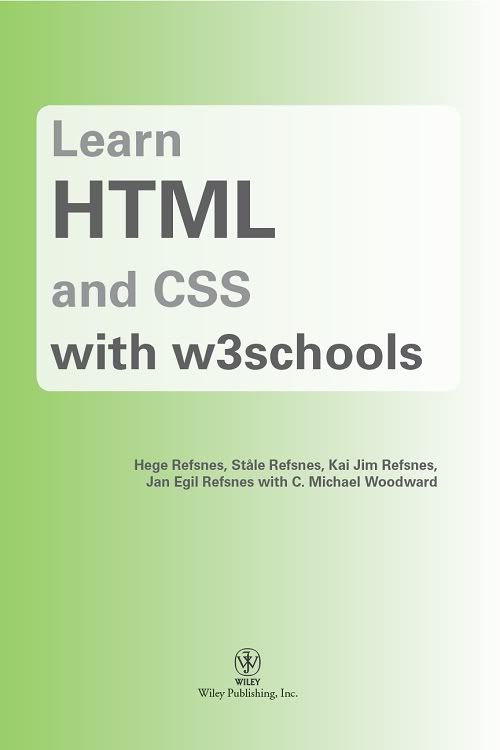
Quant Shortcuts
Finding number of Factors
To find the number of factors of a given number, express the number as a product of powers of prime numbers.
In this case, 48 can be written as 16 * 3 = (24 * 3)
Now, increment the power of each of the prime numbers by 1 and multiply the result.
In this case it will be (4 + 1)*(1 + 1) = 5 * 2 = 10 (the power of 2 is 4 and the power of 3 is 1)
Therefore, there will 10 factors including 1 and 48. Excluding, these two numbers, you will have 10 – 2 = 8 factors.
Sum of n natural numbers
-> The sum of first n natural numbers = n (n+1)/2
-> The sum of squares of first n natural numbers is n (n+1)(2n+1)/6
-> The sum of first n even numbers= n (n+1)
-> The sum of first n odd numbers= n^2
Finding Squares of numbers
To find the squares of numbers near numbers of which squares are known
To find 41^2 , Add 40+41 to 1600 =1681
To find 59^2 , Subtract 60^2-(60+59) =3481
Finding number of Positive Roots
If an equation (i:e f(x)=0 ) contains all positive co-efficient of any powers of x , it has no positive roots then.
Eg: x^4+3x^2+2x+6=0 has no positive roots .
Finding number of Imaginary Roots
For an equation f(x)=0 , the maximum number of positive roots it can have is the number of sign changes in f(x) ; and the maximum number of negative roots it can have is the number of sign changes in f(-x) .
Hence the remaining are the minimum number of imaginary roots of the equation(Since we also know that the index of the maximum power of x is the number of roots of an equation.)
Reciprocal Roots
The equation whose roots are the reciprocal of the roots of the equation ax^2+bx+c is cx^2+bx+a
Roots
Roots of x^2+x+1=0 are 1,w,w^2 where 1+w+w^2=0 and w^3=1
Finding Sum of the roots
For a cubic equation ax^3+bx^2+cx+d=o sum of the roots = - b/a sum of the product of the roots taken two at a time = c/a product of the roots = -d/a
For a biquadratic equation ax^4+bx^3+cx^2+dx+e = 0 sum of the roots = - b/a sum of the product of the roots taken three at a time = c/a sum of the product of the roots taken two at a time = -d/a product of the roots = e/a
Maximum/Minimum
-> If for two numbers x+y=k(=constant), then their PRODUCT is MAXIMUM if x=y(=k/2). The maximum product is then (k^2)/4
-> If for two numbers x*y=k(=constant), then their SUM is MINIMUM if x=y(=root(k)). The minimum sum is then 2*root(k) .
Inequalties
-> x + y >= x+y ( stands for absolute value or modulus ) (Useful in solving some inequations)
-> a+b=a+b if a*b>=0 else a+b >= a+b
-> 2<= (1+1/n)^n <=3 -> (1+x)^n ~ (1+nx) if x<<<1> When you multiply each side of the inequality by -1, you have to reverse the direction of the inequality.
Product Vs HCF-LCM
Product of any two numbers = Product of their HCF and LCM . Hence product of two numbers = LCM of the numbers if they are prime to each other
AM GM HM
For any 2 numbers a>b a>AM>GM>HM>b (where AM, GM ,HM stand for arithmetic, geometric , harmonic menasa respectively) (GM)^2 = AM * HM
Sum of Exterior Angles
For any regular polygon , the sum of the exterior angles is equal to 360 degrees hence measure of any external angle is equal to 360/n. ( where n is the number of sides)
For any regular polygon , the sum of interior angles =(n-2)180 degrees
So measure of one angle in
Square-----=90
Pentagon--=108
Hexagon---=120
Heptagon--=128.5
Octagon---=135
Nonagon--=140
Decagon--=144
----------------------------------------------------------
Problems on clocks
Problems on clocks can be tackled as assuming two runners going round a circle , one 12 times as fast as the other . That is , the minute hand describes 6 degrees /minute the hour hand describes 1/2 degrees /minute . Thus the minute hand describes 5(1/2) degrees more than the hour hand per minute .
The hour and the minute hand meet each other after every 65(5/11) minutes after being together at midnight. (This can be derived from the above) .
----------------------------------------------------------
Co-ordinates
Given the coordinates (a,b) (c,d) (e,f) (g,h) of a parallelogram , the coordinates of the meeting point of the diagonals can be found out by solving for [(a+e)/2,(b+f)/2] =[ (c+g)/2 , (d+h)/2]
----------------------------------------------------------
Ratio
If a1/b1 = a2/b2 = a3/b3 = .............. , then each ratio is equal to (k1*a1+ k2*a2+k3*a3+..............) / (k1*b1+ k2*b2+k3*b3+..............) , which is also equal to (a1+a2+a3+............./b1+b2+b3+..........)
----------------------------------------------------------
Finding multiples
x^n -a^n = (x-a)(x^(n-1) + x^(n-2) + .......+ a^(n-1) ) ......Very useful for finding multiples .For example (17-14=3 will be a multiple of 17^3 - 14^3)
----------------------------------------------------------
Exponents
e^x = 1 + (x)/1! + (x^2)/2! + (x^3)/3! + ........to infinity 2 <>GP
-> In a GP the product of any two terms equidistant from a term is always constant .
-> The sum of an infinite GP = a/(1-r) , where a and r are resp. the first term and common ratio of the GP .
Mixtures
If Q be the volume of a vessel q qty of a mixture of water and wine be removed each time from a mixture n be the number of times this operation be done and A be the final qty of wine in the mixture then ,
A/Q = (1-q/Q)^n
Some Pythagorean
triplets:
3,4,5----------(3^2=4+5)
5,12,13--------(5^2=12+13)
7,24,25--------(7^2=24+25)
8,15,17--------(8^2 / 2 = 15+17 )
9,40,41--------(9^2=40+41)
11,60,61-------(11^2=60+61)
12,35,37-------(12^2 / 2 = 35+37)
16,63,65-------(16^2 /2 = 63+65)
20,21,29-------(EXCEPTION)----------------------------------------------------------
Appolonius theorem
Appolonius theorem could be applied to the 4 triangles formed in a parallelogram.
Function
Any function of the type y=f(x)=(ax-b)/(bx-a) is always of the form x=f(y) .
Finding Squares
To find the squares of numbers from 50 to 59
For 5X^2 , use the formulae
(5X)^2 = 5^2 +X / X^2
Eg ; (55^2) = 25+5 /25
=3025
(56)^2 = 25+6/36
=3136
(59)^2 = 25+9/81
=3481
Successive Discounts
Formula for successive discounts
a+b+(ab/100)
This is used for succesive discounts types of sums.like 1999 population increses by 10% and then in 2000 by 5% so the population in 2000 now is 10+5+(50/100)=+15.5% more that was in 1999 and if there is a decrease then it will be preceeded by a -ve sign and likewise.
Rules of Logarithms:
-> loga(M)=y if and only if M=ay
-> loga(MN)=loga(M)+loga(N)
-> loga(M/N)=loga(M)-loga(N)
-> loga(Mp)=p*loga(M)
-> loga(1)=0-> loga(ap)=p
-> log(1+x) = x - (x^2)/2 + (x^3)/3 - (x^4)/4 .........to infinity [ Note the alternating sign . .Also note that the ogarithm is with respect to base e ]
3,4,5----------(3^2=4+5)
5,12,13--------(5^2=12+13)
7,24,25--------(7^2=24+25)
8,15,17--------(8^2 / 2 = 15+17 )
9,40,41--------(9^2=40+41)
11,60,61-------(11^2=60+61)
12,35,37-------(12^2 / 2 = 35+37)
16,63,65-------(16^2 /2 = 63+65)
20,21,29-------(EXCEPTION)----------------------------------------------------------
Appolonius theorem
Appolonius theorem could be applied to the 4 triangles formed in a parallelogram.
Function
Any function of the type y=f(x)=(ax-b)/(bx-a) is always of the form x=f(y) .
Finding Squares
To find the squares of numbers from 50 to 59
For 5X^2 , use the formulae
(5X)^2 = 5^2 +X / X^2
Eg ; (55^2) = 25+5 /25
=3025
(56)^2 = 25+6/36
=3136
(59)^2 = 25+9/81
=3481
Successive Discounts
Formula for successive discounts
a+b+(ab/100)
This is used for succesive discounts types of sums.like 1999 population increses by 10% and then in 2000 by 5% so the population in 2000 now is 10+5+(50/100)=+15.5% more that was in 1999 and if there is a decrease then it will be preceeded by a -ve sign and likewise.
Rules of Logarithms:
-> loga(M)=y if and only if M=ay
-> loga(MN)=loga(M)+loga(N)
-> loga(M/N)=loga(M)-loga(N)
-> loga(Mp)=p*loga(M)
-> loga(1)=0-> loga(ap)=p
-> log(1+x) = x - (x^2)/2 + (x^3)/3 - (x^4)/4 .........to infinity [ Note the alternating sign . .Also note that the ogarithm is with respect to base e ]






